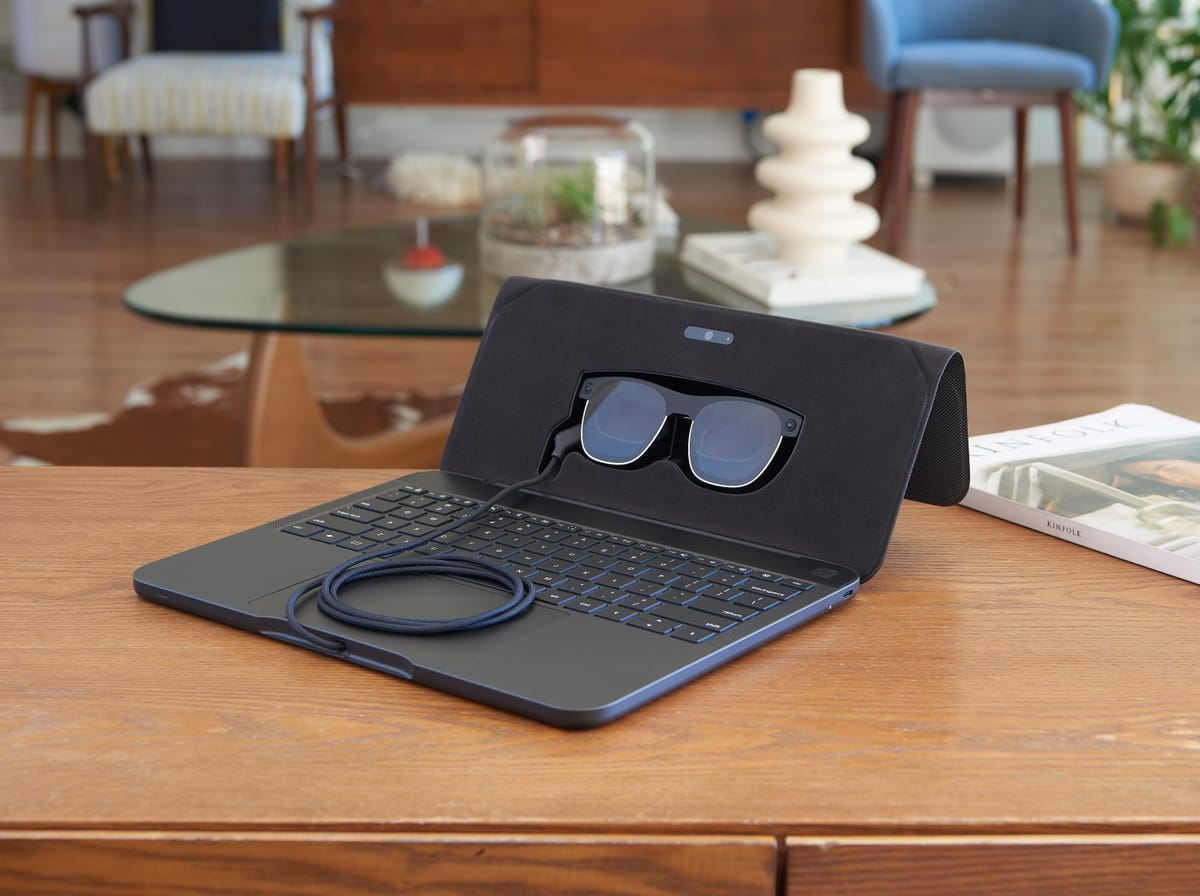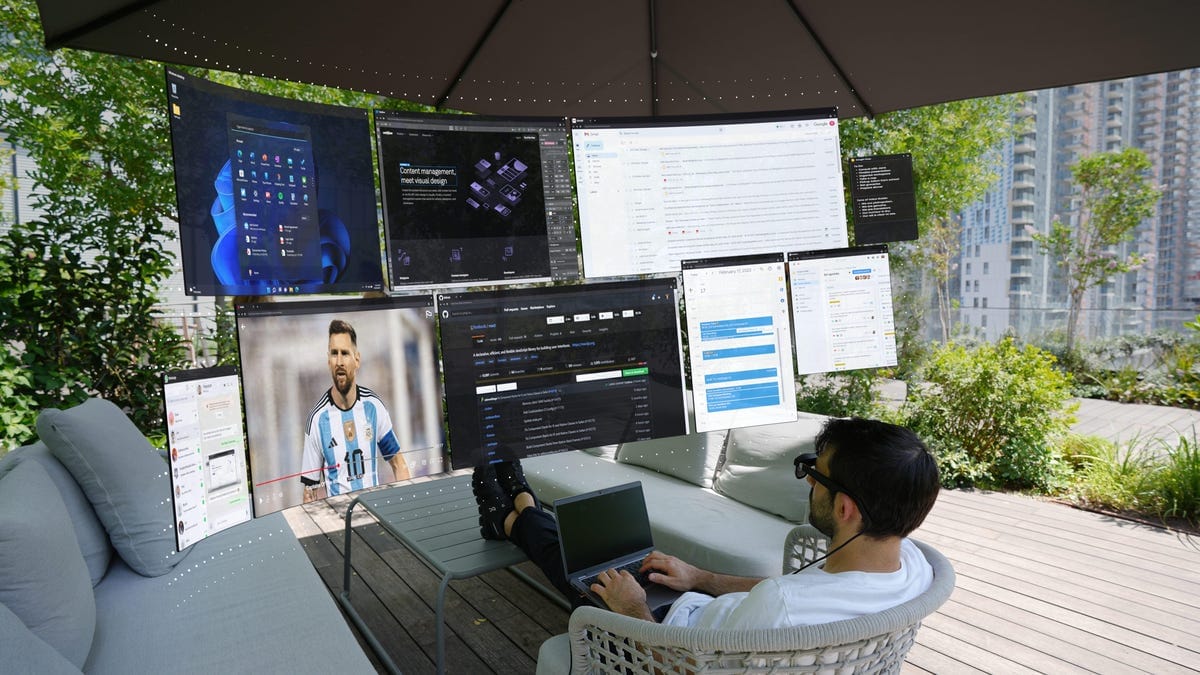Sightful has canceled Spacetop G1 and says it will refund all preorder deposits.
Spacetop G1 was set to be a screenless laptop with built-in Xreal Air 2 Ultra AR glasses, priced at $1900. It would have been powered by Qualcomm’s Snapdragon 8 Gen 2 chipset, running Sightful’s proprietary Spacetop OS operating system.
Sightful has emailed everyone who preordered Spacetop G1 to offer them a refund of their $100 deposit, and the company will no longer be shipping hardware at all, as it first confirmed to CNET.
Spacetop G1: Upgraded Screenless Laptop With AR Glasses
Spacetop G1 replaces the screen of traditional laptops with floating virtual screens via built-in Xreal AR glasses.

Instead, Sightful plans to build AR system software using Xreal Air 2 Ultra on Windows laptops with an NPU, meaning those with Qualcomm Snapdragon, Intel Core Ultra, or AMD Ryzen AI chipsets.
This software will take the canceled hardware’s name Spacetop, and continue the spatial computing concept of Spacetop OS. But rather than just spawning floating web browser windows, it will now spawn Windows applications from your laptop.
The idea is that once you have the Spacetop Windows software installed, you just connect the Xreal glasses via USB-C to your laptop, with the laptop providing both power and compute, and everything should work automatically.
Xreal glasses already support showing your Windows laptop’s screen as a head-fixed virtual monitor, but Spacetop software will apparently allow both 6DoF positional tracking and spawning of multiple Windows applications in space, not confined to a screen paradigm.
Sightful’s founders Tamir Berliner and Tomer Kahan, both ex-Magic Leap executives, say the decision to shift strategy was taken because laptops getting NPUs now mean they can run 6DoF tracking without compromising performance and battery life. The ability to create an AR workspace on a Windows laptop, or the laptop that you are planning to purchase, opens up a wider market. A Chromebook with no screen would cost $1200 (minus the glasses), and you wouldn’t be able to see the entire display. You can only view all floating windows simultaneously if you are several meters from them. This was also the case in

has been lauded for solving the problem – although review of Nreal Light will not be mass produced anytime soon.